- Joined
- Aug 28, 2011
- Messages
- 389
I'm creating a new thread for Maxine's chip to get broader visibility. For those who are just meeting Maxine, this is a newly purchased vintage ring, transitional cut and around 1.7 ct with no cert. This is not a tiny chip. I'm trying to decide whether to keep it, unset the stone and get it GIA certified.
1. Can any potential durability concerns be assessed? I assume the safest route would be a bezel setting, but would a 6+ prong setting with a halo help prevent further damage? Would it be possible to cover with a prong? I will probably insure it with Jewelers Mutual - would the chip as shown on the GIA report cause any issue insuring it?
2. What is the likely impact of the chip on the GIA clarity grade? The diamond overall is super clean and I can't see a single thing under various loupes and microscope lens. You can see the chip from the top, but most of its size is under the girdle.
Thank you!
Video here (not for assessing the chip):
1. Can any potential durability concerns be assessed? I assume the safest route would be a bezel setting, but would a 6+ prong setting with a halo help prevent further damage? Would it be possible to cover with a prong? I will probably insure it with Jewelers Mutual - would the chip as shown on the GIA report cause any issue insuring it?
2. What is the likely impact of the chip on the GIA clarity grade? The diamond overall is super clean and I can't see a single thing under various loupes and microscope lens. You can see the chip from the top, but most of its size is under the girdle.
Thank you!
Video here (not for assessing the chip):

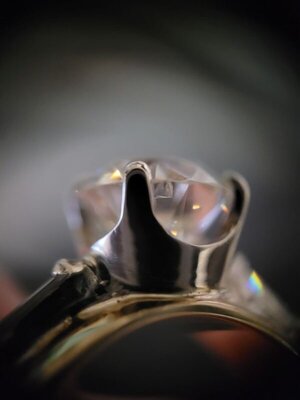
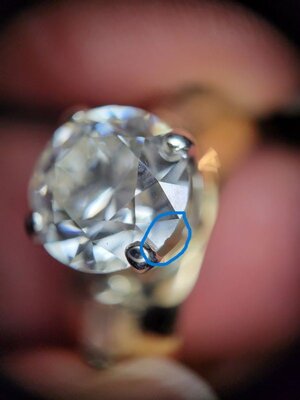
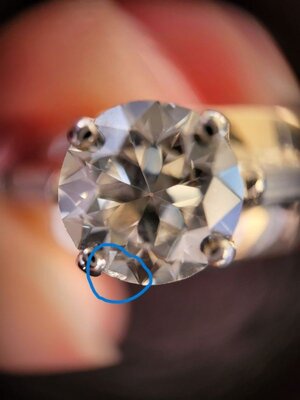

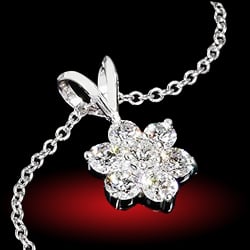

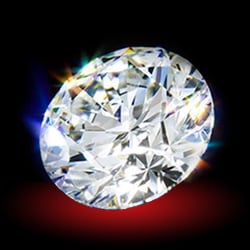
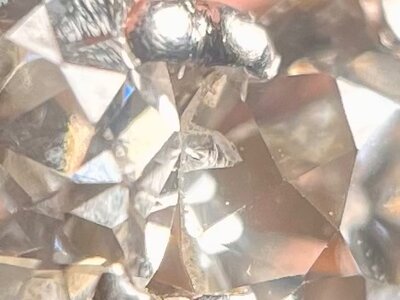
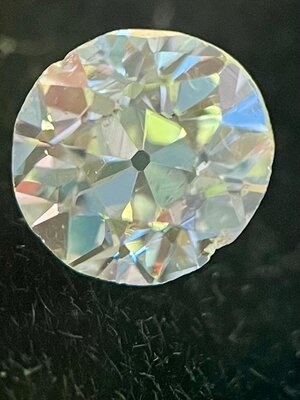

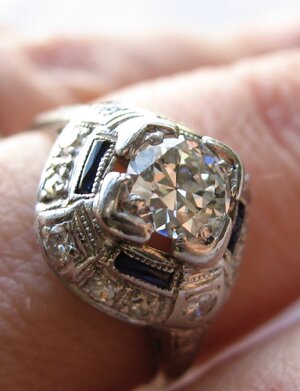
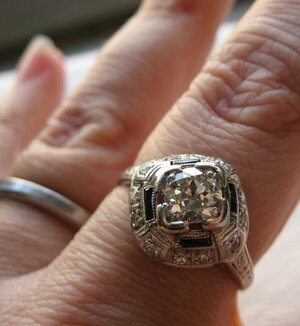


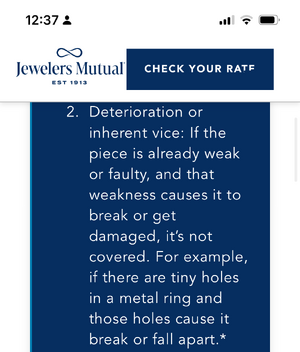


300x240.png)